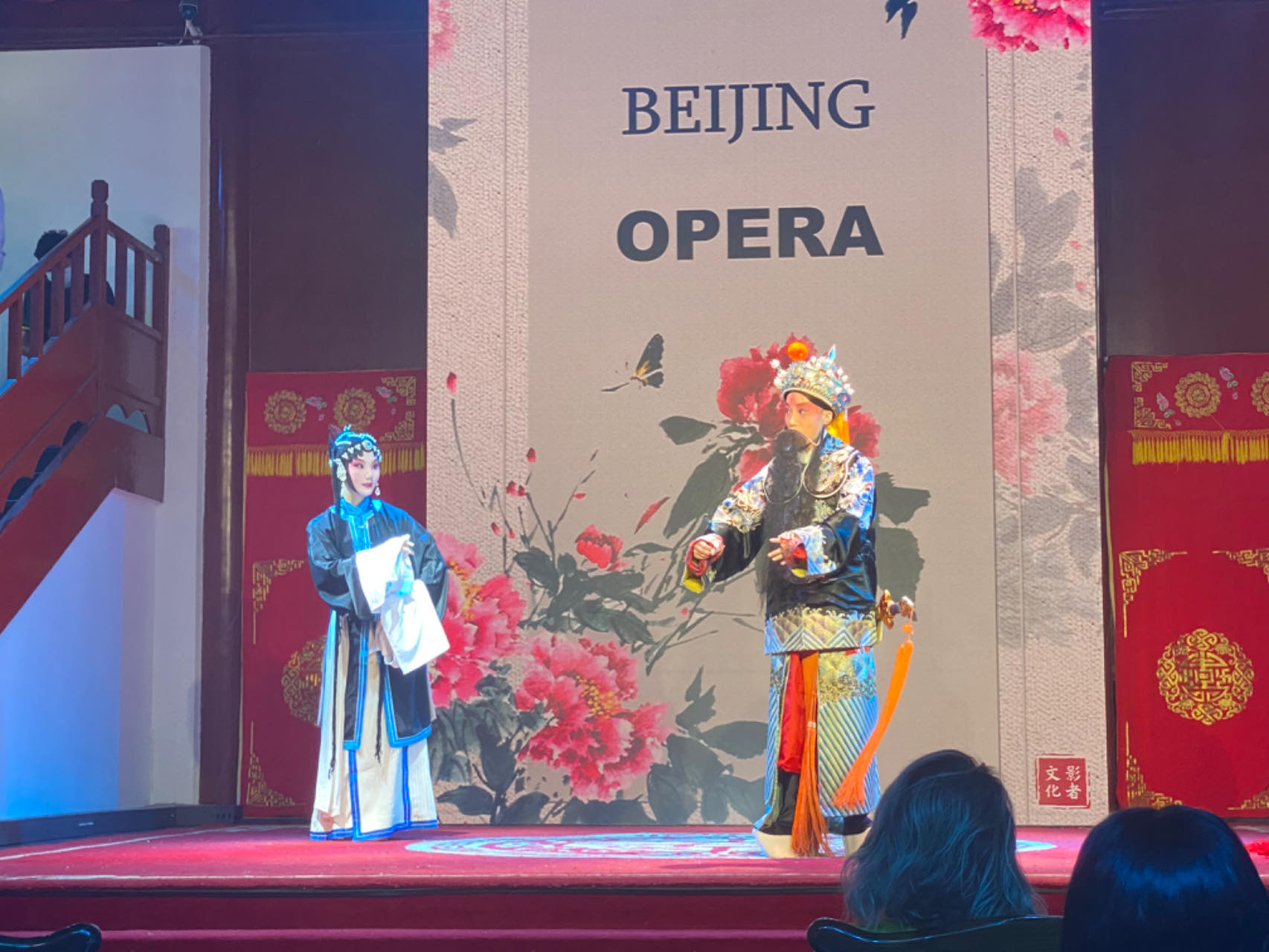Expats Praise Beijing's Culture

Participants watched Peking Opera performance. (PHOTO: S&T Daily)
By CHEN Chunyou
When Boonthan T. Verawongse first came to Beijing in 1985, it was as student scheduled to attend a youth forum. At that time, there was no direct flight from Thailand to Beijing. He had to go to Guangzhou in south China via Hong Kong and from there, take a train to Beijing. The train journey alone lasted more than 20 hours.
But this month, when Boonthan, now an adviser to the National Human Rights Commission of Thailand, retraced his steps to Beijing, he arrived on a direct flight from Bangkok. "It is of special meaning to revisit the city to see the changes," he said.
He was among those taking part in the Forum on Global Human Rights Governance in Beijing held on June 14-15. On the concluding day, the participants visited Beijing's cultural landmarks, including the Sanlihe Park, an ancient canal that was lost and then revived, and the Luolan Bookstore, with its special focus on women readers.
At the Pigment Guild Hall, a 600-year-old edifice on the bank of the Sanli River, they watched a Peking Opera performance, which was a first for Inès-Cécilia Ngadji, minister's adviser at the Ministry of Justice, Gabon. Ngadji told Science and Technology Daily reporter that though she didn't understand the lyrics, she was overwhelmed by the performance.
"This is the charm of art," added Fabio Marcelli, a lawyer at the Institute of International Legal Studies of the National Research Council, Italy. Marcelli also admired the preservation of cultural sites and ancient buildings along the road, which still retain their originality amid urban development.
Currently, Beijing is developing itself as a cultural center, an international exchange center, and a sci-tech innovation center, attracting more and more international experts. According to a survey released by the Foreign Talent Research Center of the Ministry of Science and Technology last year, Beijing topped the list of the most attractive Chinese cities in the eyes of foreign experts.






